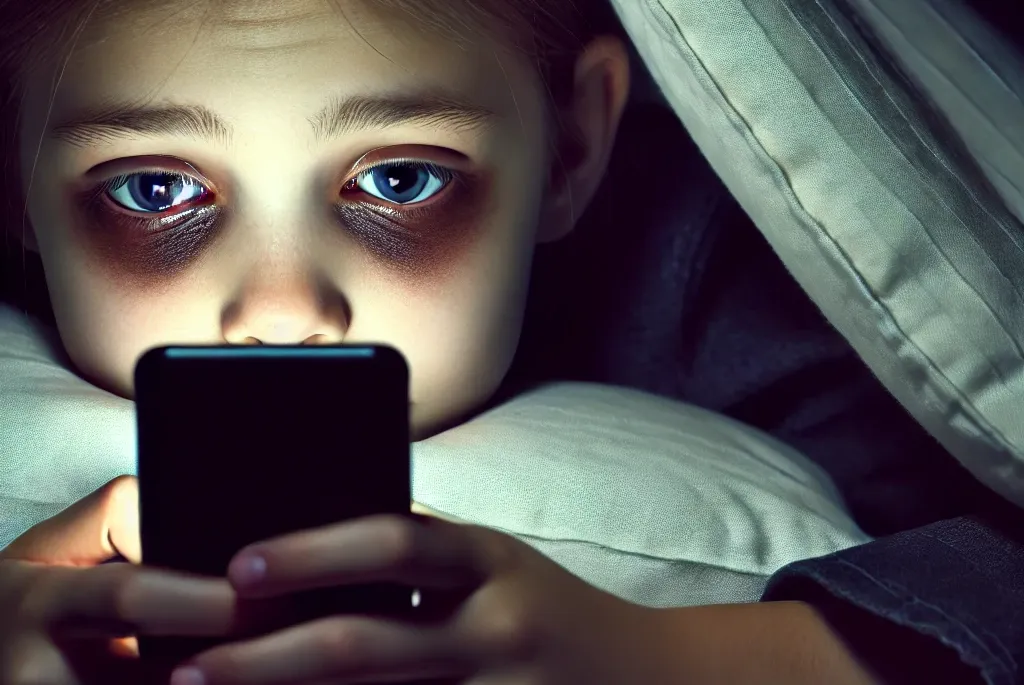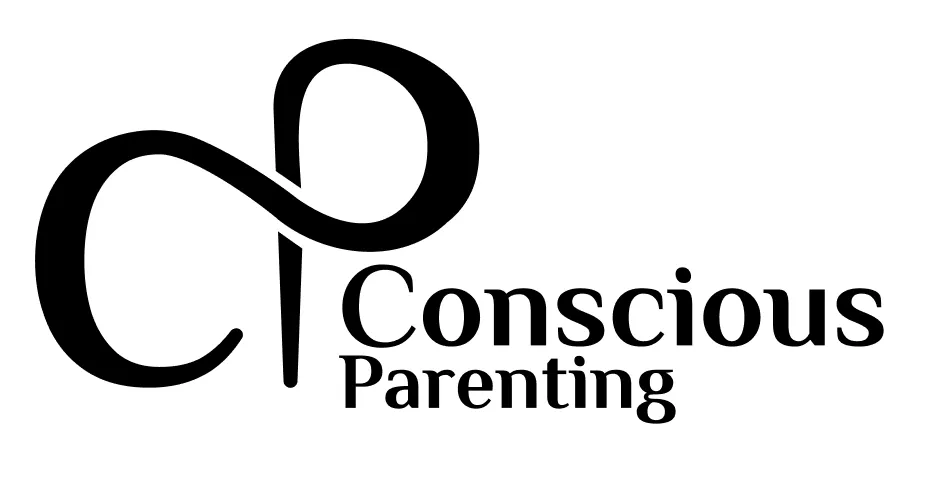
Sleep Disruption
Sleep Disruption
Research consistently links digital device exposure, particularly at bedtime, with sleep disruption among children and adolescents. Data from US population-based studies published in 2017 by the American Academy of Pediatrics show that ∼30% of preschool-aged children and between 50% and 90% of school-aged children and adolescents do not get as much sleep as they may need. The pervasive use of screen-based media is a likely contributor to widespread sleep insufficiency. Screen-based media devices are present in the bedrooms of 75% of children, and ∼60% of adolescents report viewing or interacting with screens in the hour before bedtime. In a recent systematic review of 67 studies of screen time and media use in school-aged youth and teenagers (1999–2014), 90% found that screen time was adversely associated with sleep health, primarily via delayed bedtimes and reduced sleep duration.
Potential mechanisms underlying these observed associations include the following:
Time displacement (i.e, time spent on screens replaces time spent doing other things, including sleeping)
The effects of light emitted from devices on circadian timing, sleep physiology, and alertness.
Healthy sleep patterns in childhood and adolescence are associated with lower obesity risk, better psychological well-being, improved cognitive functioning, and lower risk-taking behaviors.
Impact of Screen Time on Sleep Quality and Duration: Studies find that increased screen time is correlated with later bedtimes, reduced sleep duration, and lower sleep quality in children and adolescents. Screen use, especially in the hour before bed, can interfere with the body’s natural sleep processes by delaying the release of melatonin, a hormone essential for regulating sleep cycles.
Role of Blue Light and Stimulating Content: The blue light emitted by screens suppresses melatonin production, making it harder for children to fall asleep. This effect is compounded by stimulating content, such as videos or games, which can increase arousal and delay sleep onset.
Consequences of Poor Sleep on Cognitive and Emotional Health: Insufficient sleep in children is linked to several negative outcomes, including reduced attention, poorer academic performance, and increased irritability. Studies show that daytime sleepiness can impact focus and learning abilities, and sleep-deprived children are more likely to experience mood swings and behavioral issues.
Physical Health Risks: Disrupted sleep patterns are associated with a higher risk of obesity among children, possibly due to hormonal imbalances affecting appetite or decreased physical activity from fatigue. A study published in 2013 shown that children with more screen time before bed were significantly more likely to have a higher body mass index (BMI), suggesting a relationship between bedtime screen use and physical health challenges
In summary, limiting screen time before bed and creating technology-free zones can help protect children’s sleep quality, with positive effects on their emotional, cognitive, and physical well-being.
